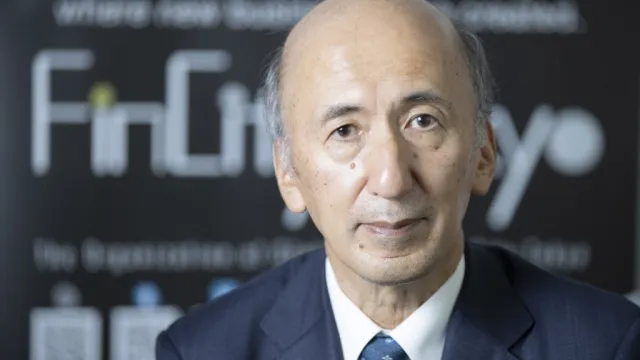
Hong Kong's home prices to dip by 10%: Knight Frank
As effects of cooling measures start to kick in.
According to Knight Frank's Asia-Pacific Residential Review, while every market is different, prices will soften in Singapore by an average of 5% and Hong Kong by 10%.
It also noted that in China over the next 12 months, there is likely to continue to be price appreciation in Tier 1 cities, while we could see drops in some of the Tier two and three cities. Finally, Malaysia is likely to see a rebound in activity following the upcoming election.
Here's more from Knight Frank:
In Hong Kong, the long-term regulatory policy of loan to value ratios of 70% was introduced in the early 1990s, and in January 1997 a maximum LTV ratio of 60% was adopted for “luxury” properties with a value of more than HK$12 million.
Government intervention in the property markets is not a sudden new phenomenon, but rather a number of policy tools; some which have been used on an ongoing basis, and others when deemed necessary.
The importance of a balanced housing market to the health of an economy is such that policy makers, to varying extents, have always found it necessary to intervene by exercising some element of control over market participants, along with two key factors of production; land and finance.
The measures that we have witnessed over the last three years are a result of significant price rises that have brought into focus issues of affordability and the risk of potential asset bubbles.
The measures are temporary, and we have seen that as quickly as the cooling measures can be implemented, they can also be removed.
This should offer some reassurance to market participants; that if prices begin to correct too alarmingly, many of the measures can be removed, potentially unleashing new segments of demand which would help stabilise the market.
Policy makers however have sent a very strong signal – stable and sustainable growth is what they desire, and while a large element of the huge price increases we have seen across the region have been fuelled by genuine solid fundamentals; economic growth, urbanisation, a move towards nuclear family units - the concern is that historically low interest rates and speculative activity have been fuelling prices beyond this “sustainable” barrier.
The various policies have not targeted first time buyers, but have targeted multiple home owners and speculative (or arbitrage investors) who look to “flip” property.
Paradoxically the continued price increases we see in certain markets, actually show strong first time and upgrader buyer demand, a positive sign in terms of the health of the market, with the more unstable speculative segment of demand already being restricted. This is certainly the case in many parts of China.
Is there a risk of further intervention? If prices keep rising - quite possibly. The reaction of the latest rounds of cooling measures has yet to be fully absorbed and analysed, with past experience telling us that it takes a few months to draw significant conclusions.
Given the severity of the last wave of cooling measures on these markets however, it is quite likely that there may not be any further need.








![Cross Domain [Manu + SBR + ABF + ABR + FMCG + HBR + ]](https://cmg-qa.s3.ap-southeast-1.amazonaws.com/s3fs-public/styles/exclusive_featured_article/public/2025-01/earth-3537401_1920_4.jpg.webp?itok=WaRpTJwE)









 Advertise
Advertise


